Some destinations leave an impression. Others, like Cinque Terre, stay with you forever. This collection of five historic villages on the Ligurian coast offers breathtaking scenery, dramatic cliffs, and a pace of life that invites you to slow down and savor the moment.
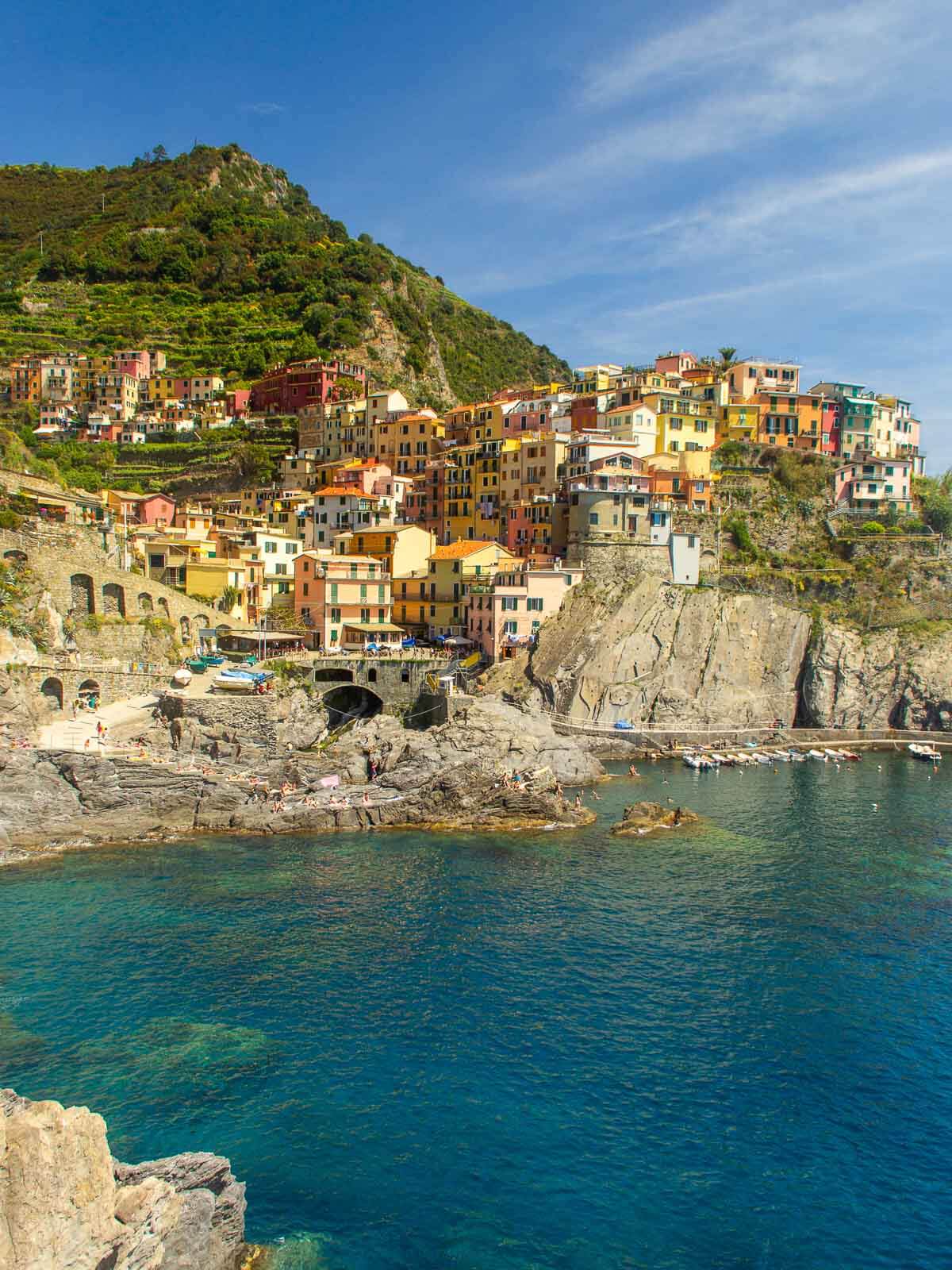
After a long stretch of work and short escapes from Monza, we found ourselves craving nature, flavor, and the feeling of being somewhere truly distinct. We had explored the historic streets of Rome and soaked in Florence's artistic soul, and for our final stop, we pointed west-toward the Ligurian coast, while in need of one perfect, restorative week.
We went the first week of June to celebrate my birthday, and it was ideal. The days were long and warm, the crowds had just begun to swell, and the views were just as magical as the food. We traveled entirely by train-Rome to Florence, then onward to La Spezia and into Cinque Terre, and finally a smooth two-hour ride back to Monza, after 3 days of enjoying fantastic food and wine, pristine waters, and breath-taking trails.
So, is Cinque Terre worth visiting? Whether you're here for the trails, the sea, or the culinary magic, each village offers something unique. We stayed in Vernazza, and while it became our favorite base, we've got a few travel tips for next time.
Now, let's get into the 9 reasons you should not miss Cinque Terre!
1. Monterosso al Mare: The Relaxed Retreat
This is the only village in Cinque Terre with a true beach-and you'll feel the difference. Wide, sandy stretches welcome swimmers and sunseekers, and there's a gentle rhythm here that makes you want to stay all day.
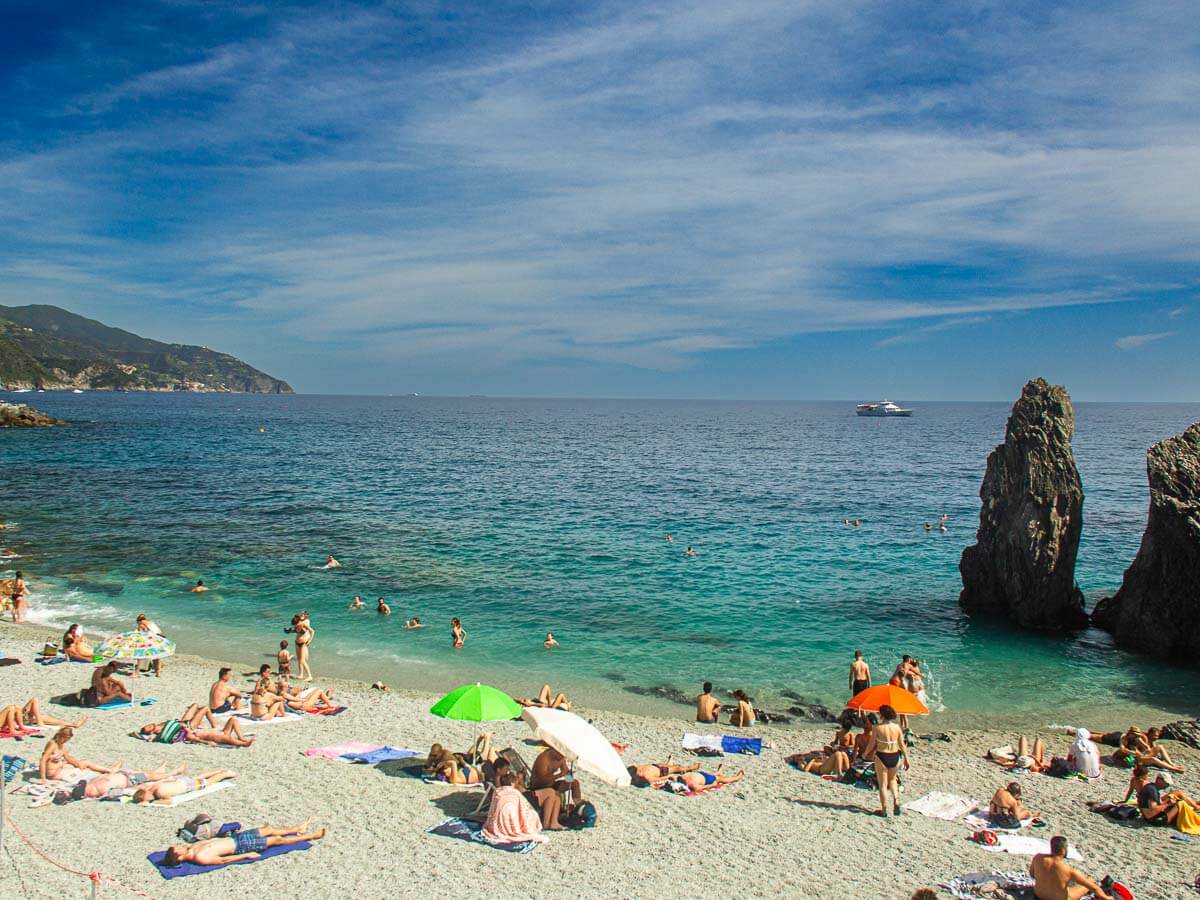
Monterosso is also the most accessible, with a flat layout perfect for wandering with gelato in hand. Its promenade, lined with lemon trees and restaurants, feels more like a traditional Riviera retreat.
Although we finished our trip here, we left it for the last day. I feel like this is where we would have started the journey if we had come from Torino, Genova, or Milan, but we were coming from the South.
We started our day here with warm focaccia and coffee steps from the beach, soaking in the laid-back vibe before moving south.
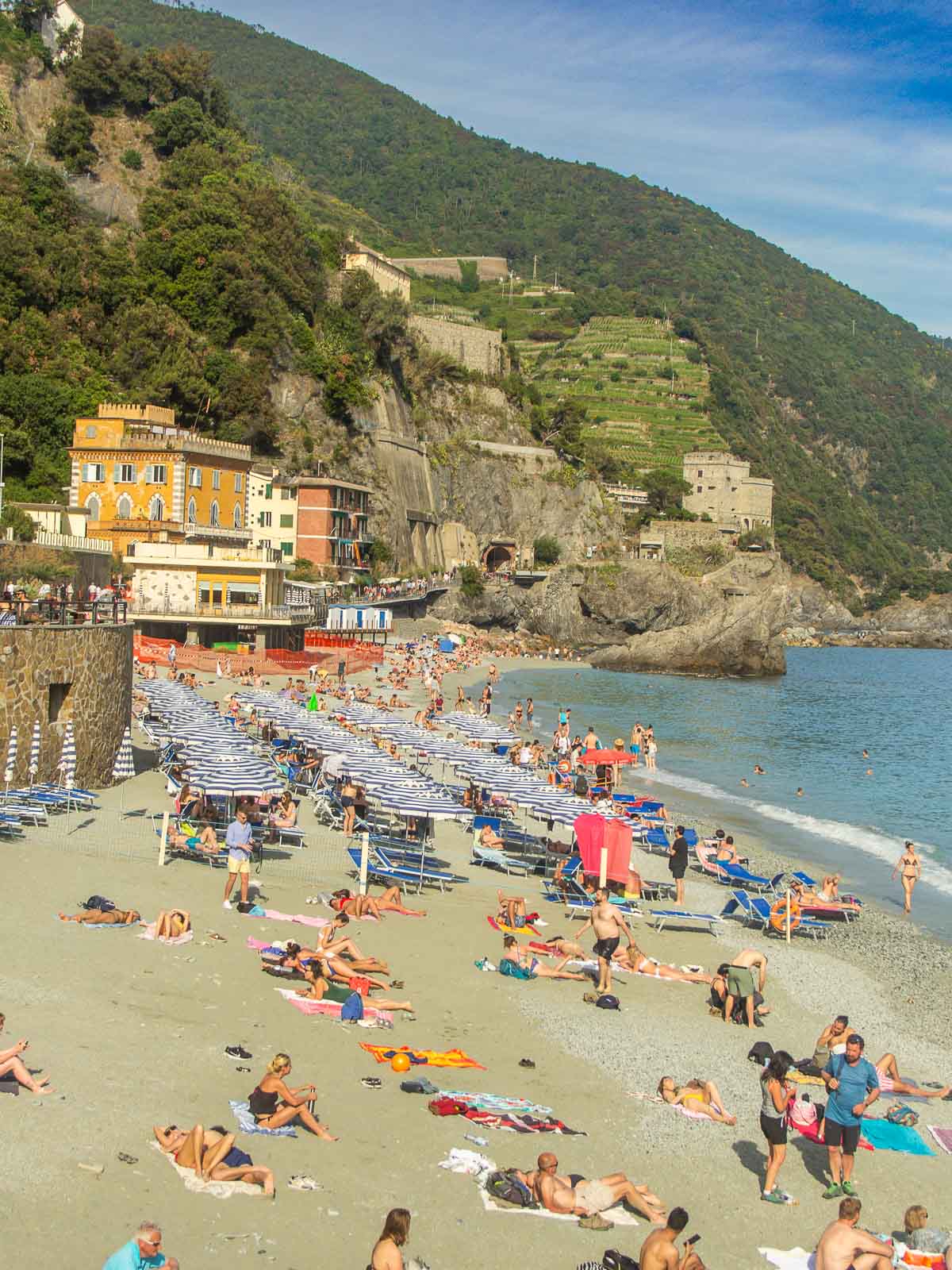
2. Vernazza: The Most Photographed Village
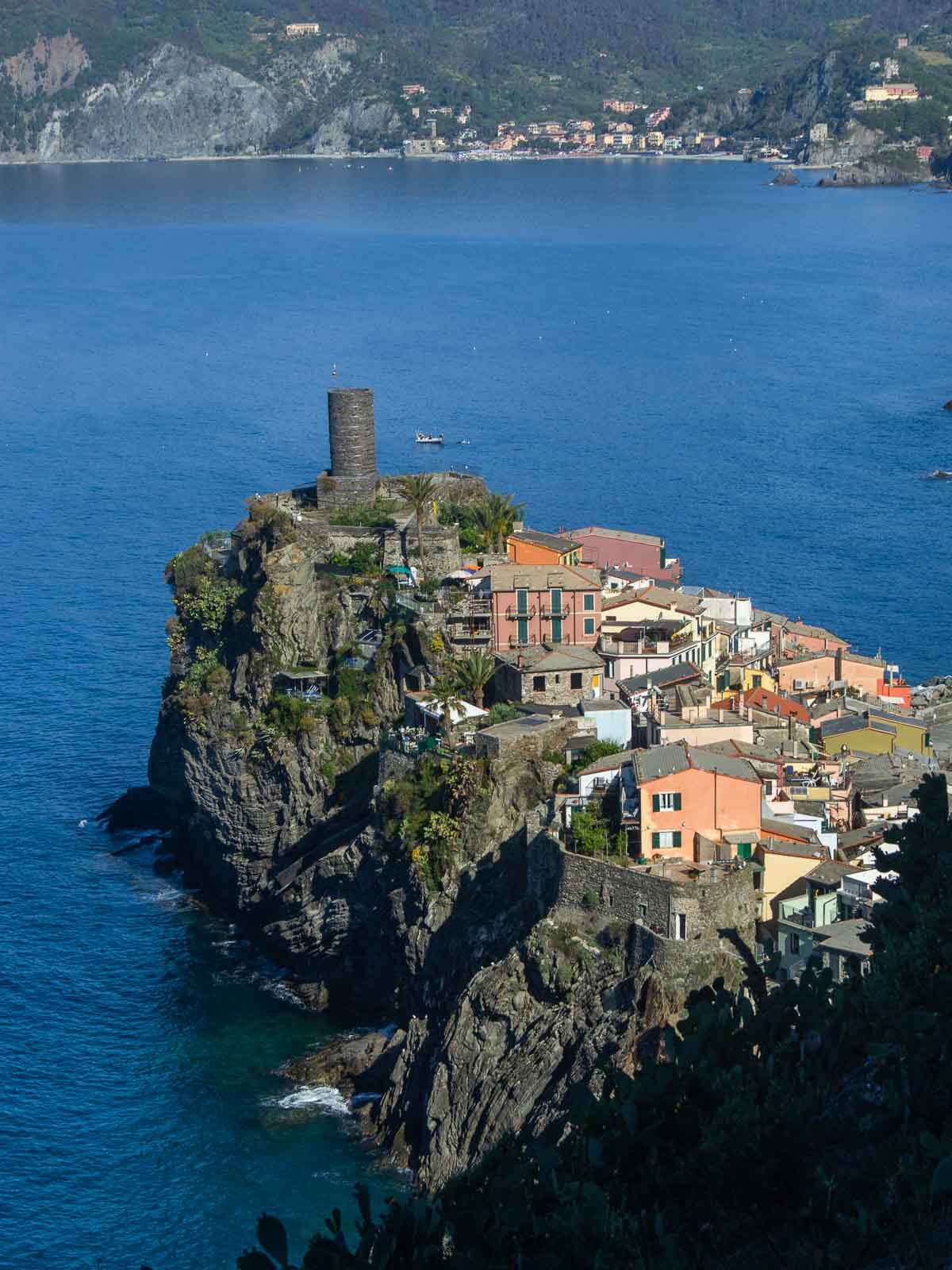
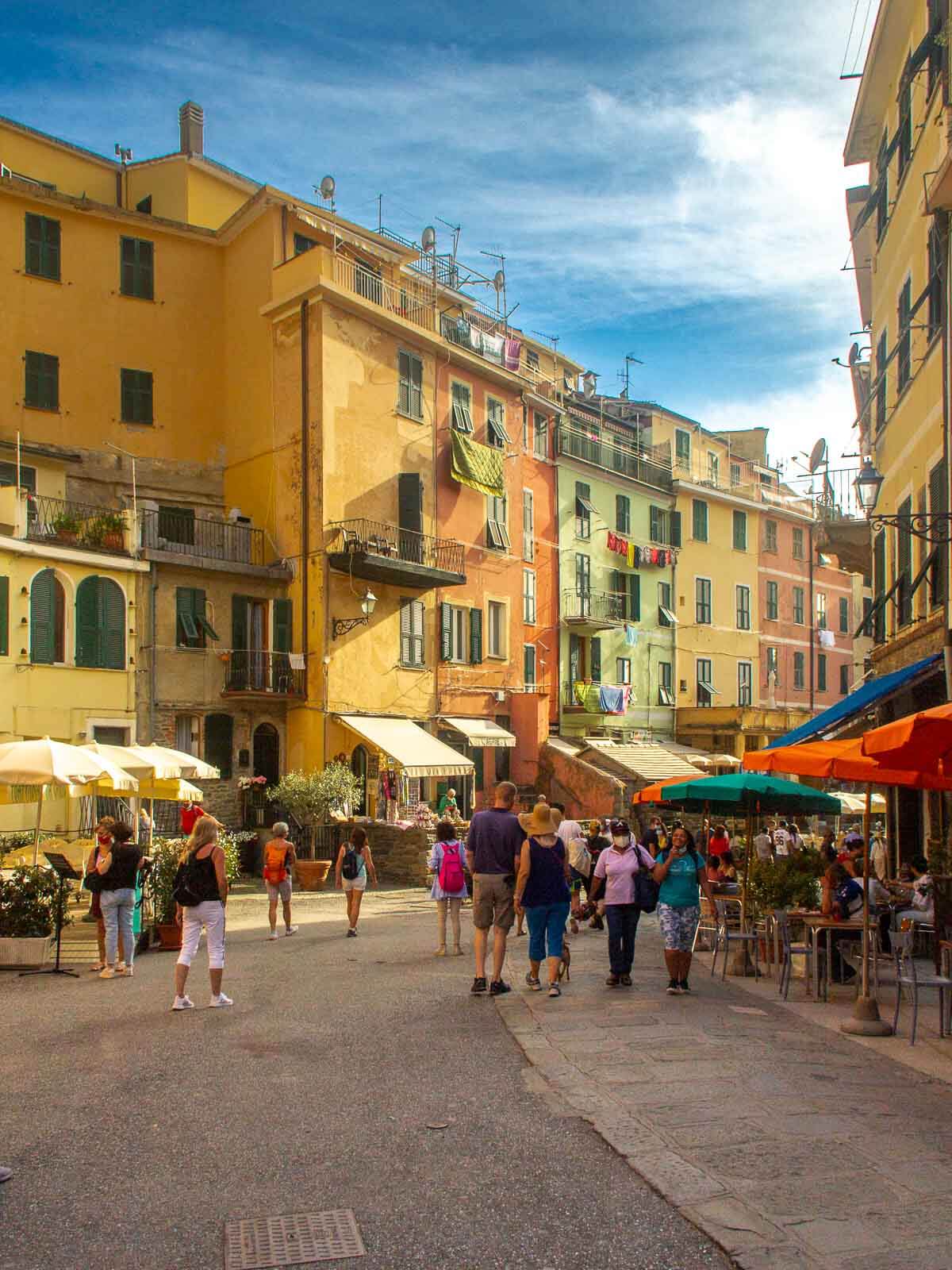
This is where we stayed-and we'd absolutely stay again. Vernazza is often called the most photogenic village in Cinque Terre, and it lives up to the title. Its pastel houses cluster tightly around a small harbor, flanked by ancient towers and hillside vineyards.
We had a fantastic small apartment, just a two-minute walk from the port. We could even prepare our wine-packed picnic, comprising Ligurian delicacies, and head to the stonewall port to watch the sunset, or enjoy our morning coffee with the perfect view.
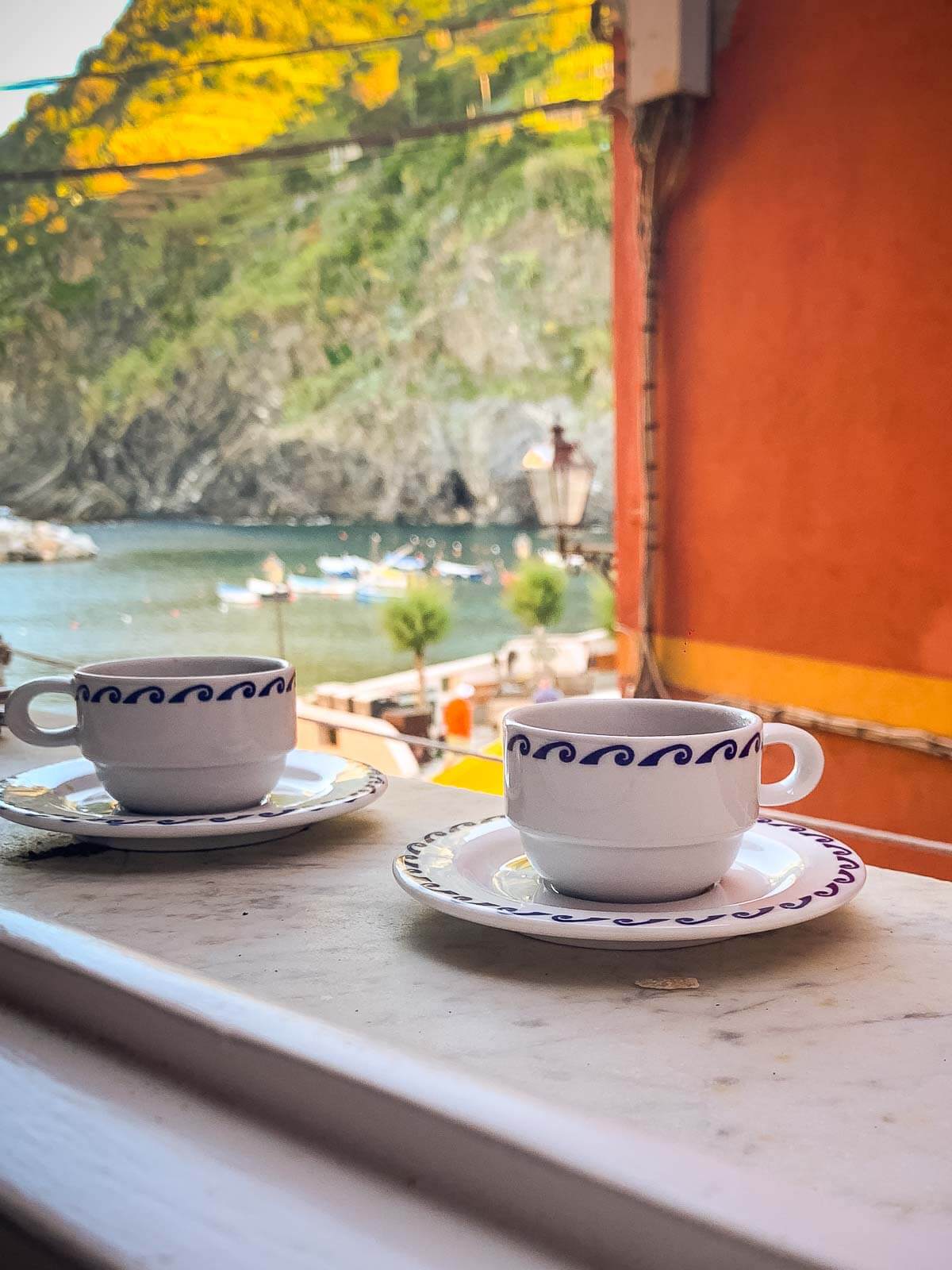
The best way to arrive? Hike the Monterosso-to-Vernazza trail. As you descend toward the water, Vernazza reveals itself like a painting. We found a terrace just off the main path and enjoyed trofie al pesto, one of the most iconic dishes of the region.
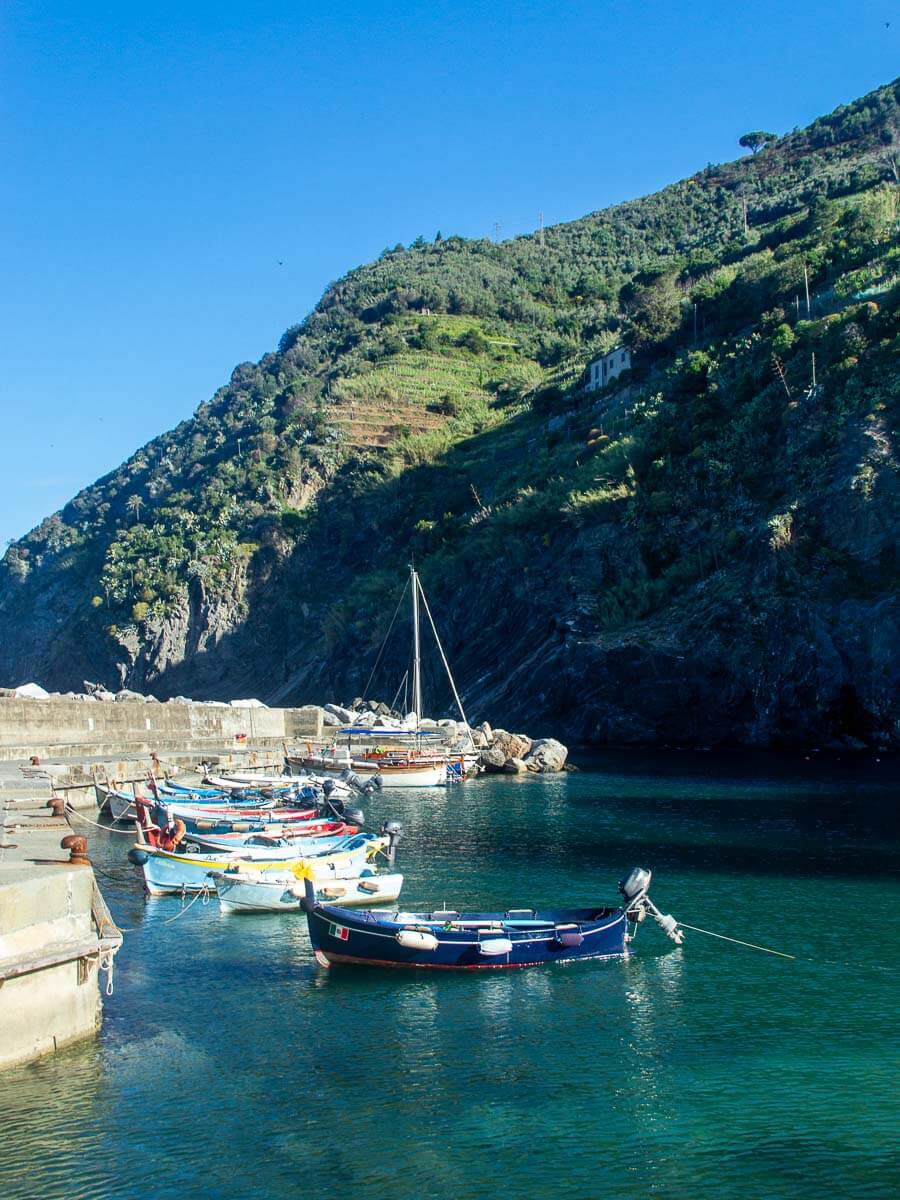
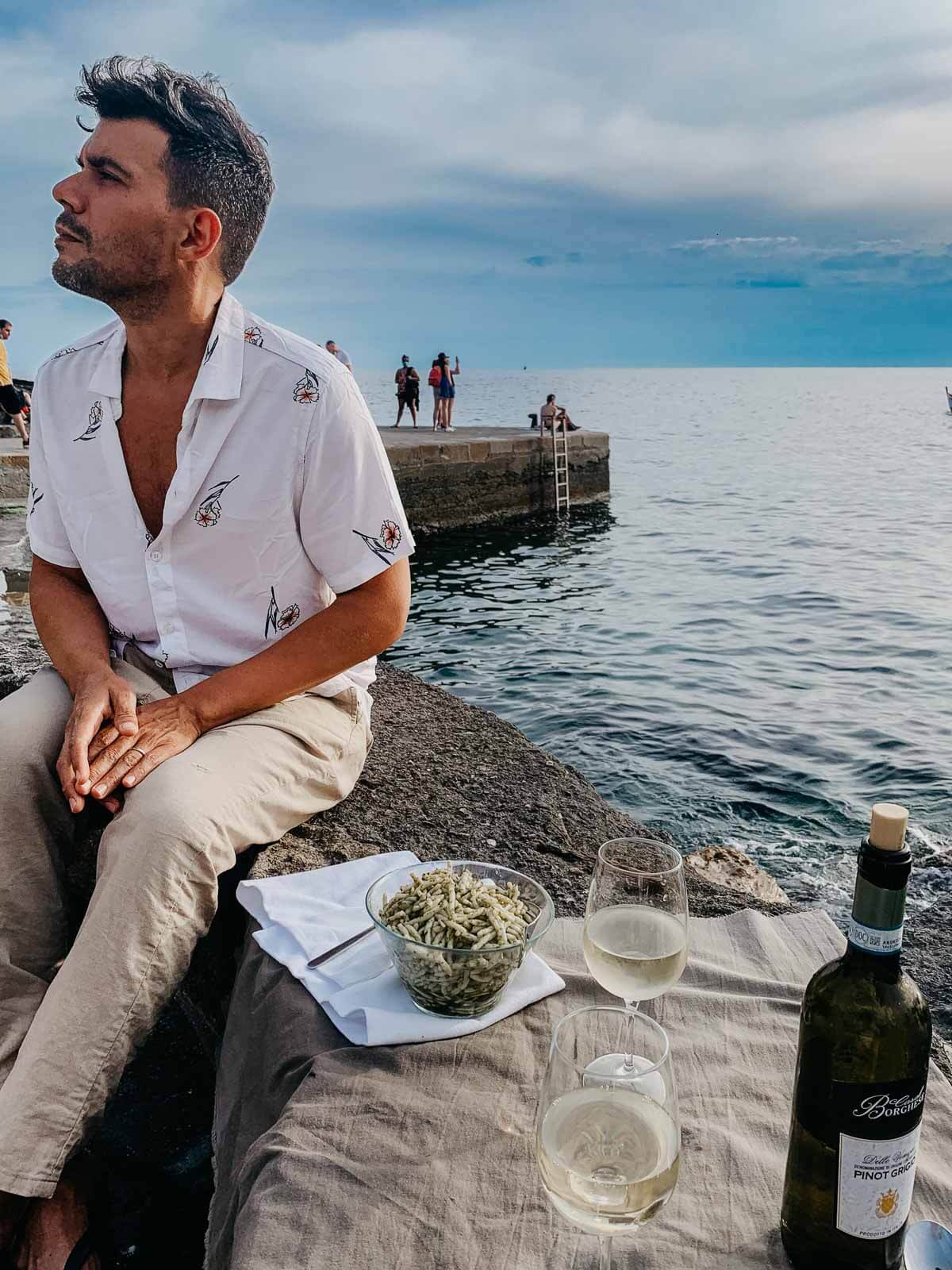
That said, if we were planning the trip again, we'd likely stay in Riomaggiore or Monterosso-one of the endpoints of the rail line. That way, you avoid zigzagging back and forth by train to see the other villages. While it's easy to get around, spring and summer bring plenty of visitors, and hopping trains can get old fast.
3. Corniglia: A Wine Lover's Haven
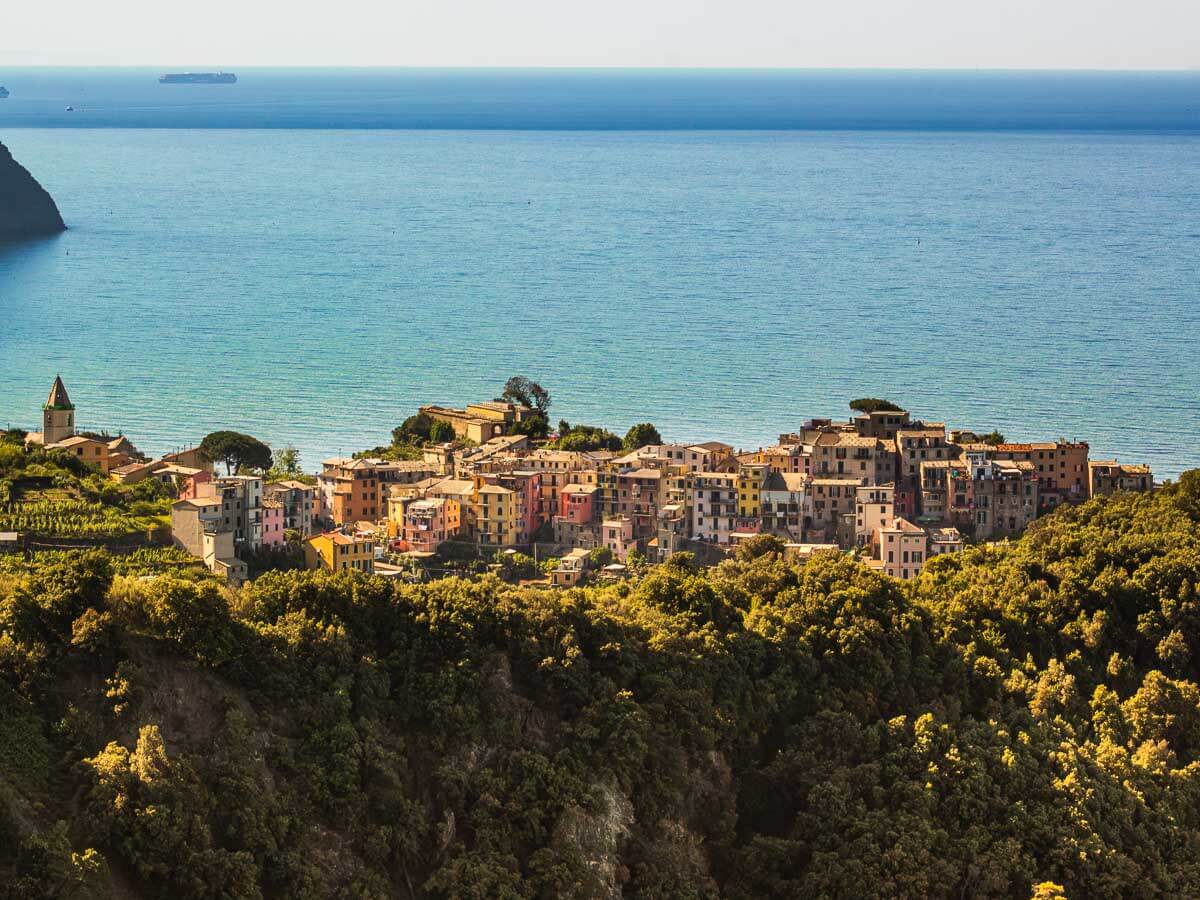
Perched above the sea, Corniglia is the only village without direct beach access-and that's part of its charm. We climbed the 382 steps of the Lardarina Staircase, rewarded at the top with sweeping views and a quieter, more local vibe.
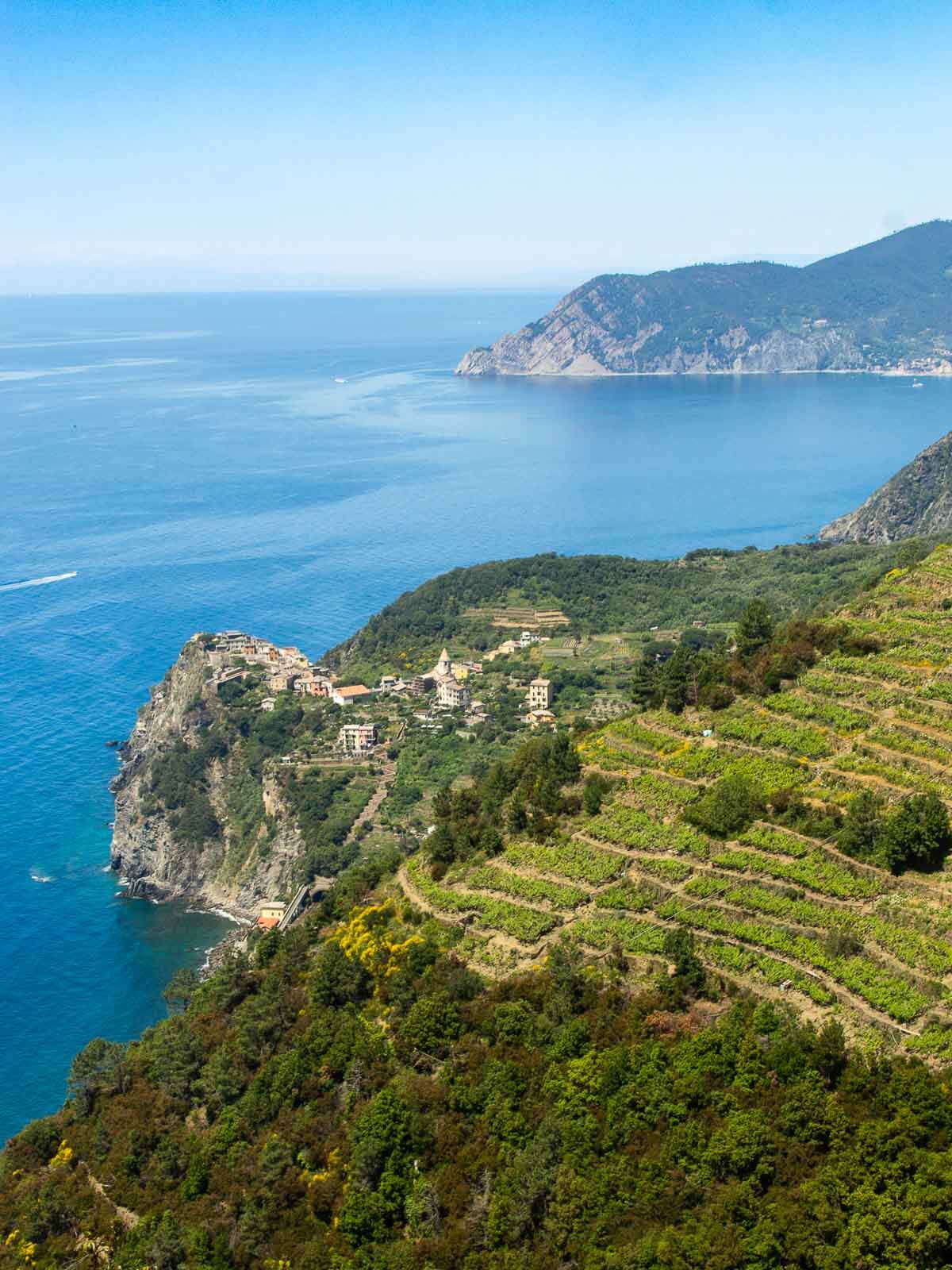

The vineyards here feel almost like they're floating above the sea. We visited a small enoteca to try Sciacchetrà, a rare local white wine made from dried grapes. If you love wine and authenticity, Corniglia is a must-and reminded us a bit of Piedmont with its vineyard traditions, but without the grandeur.
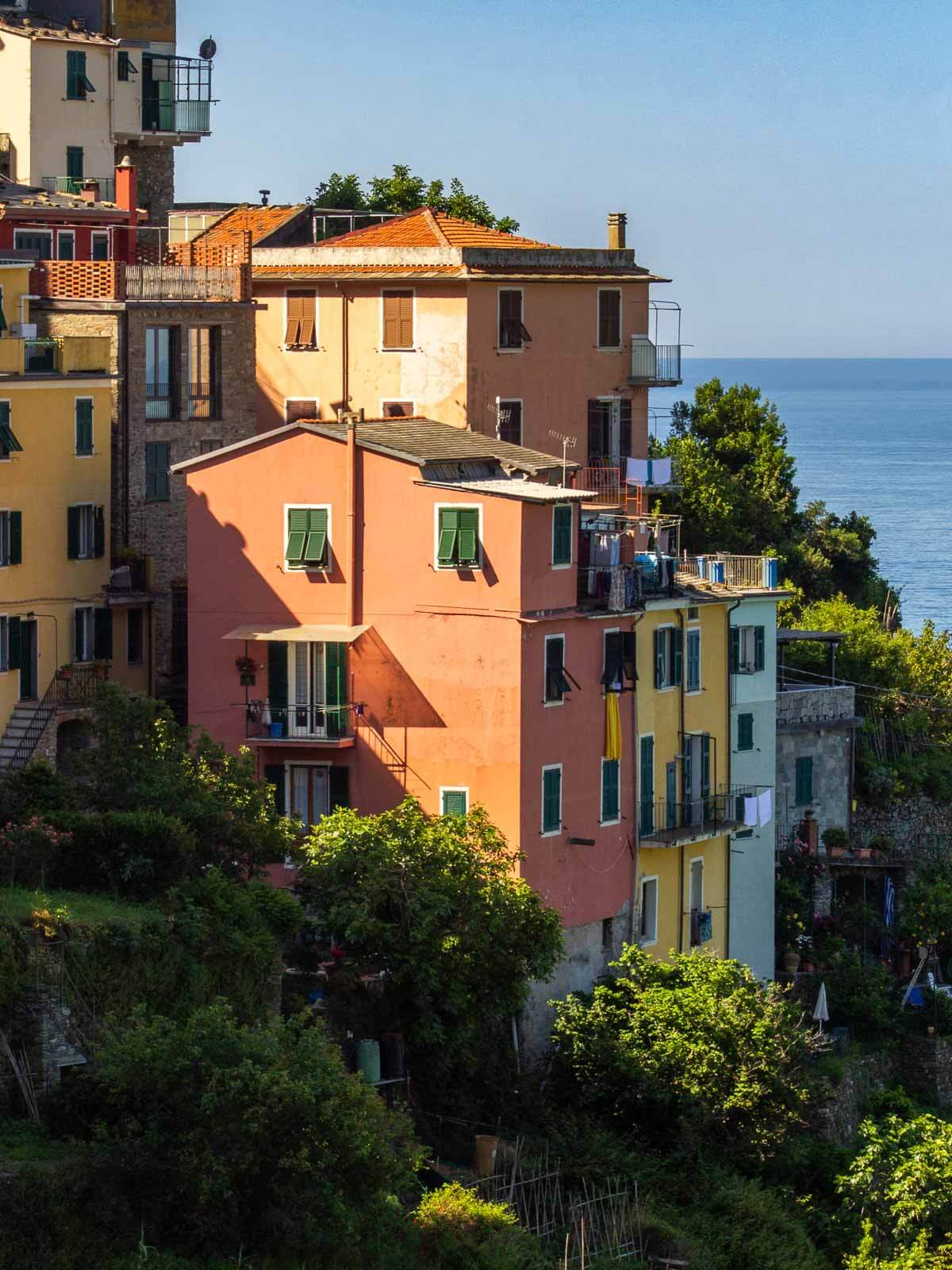
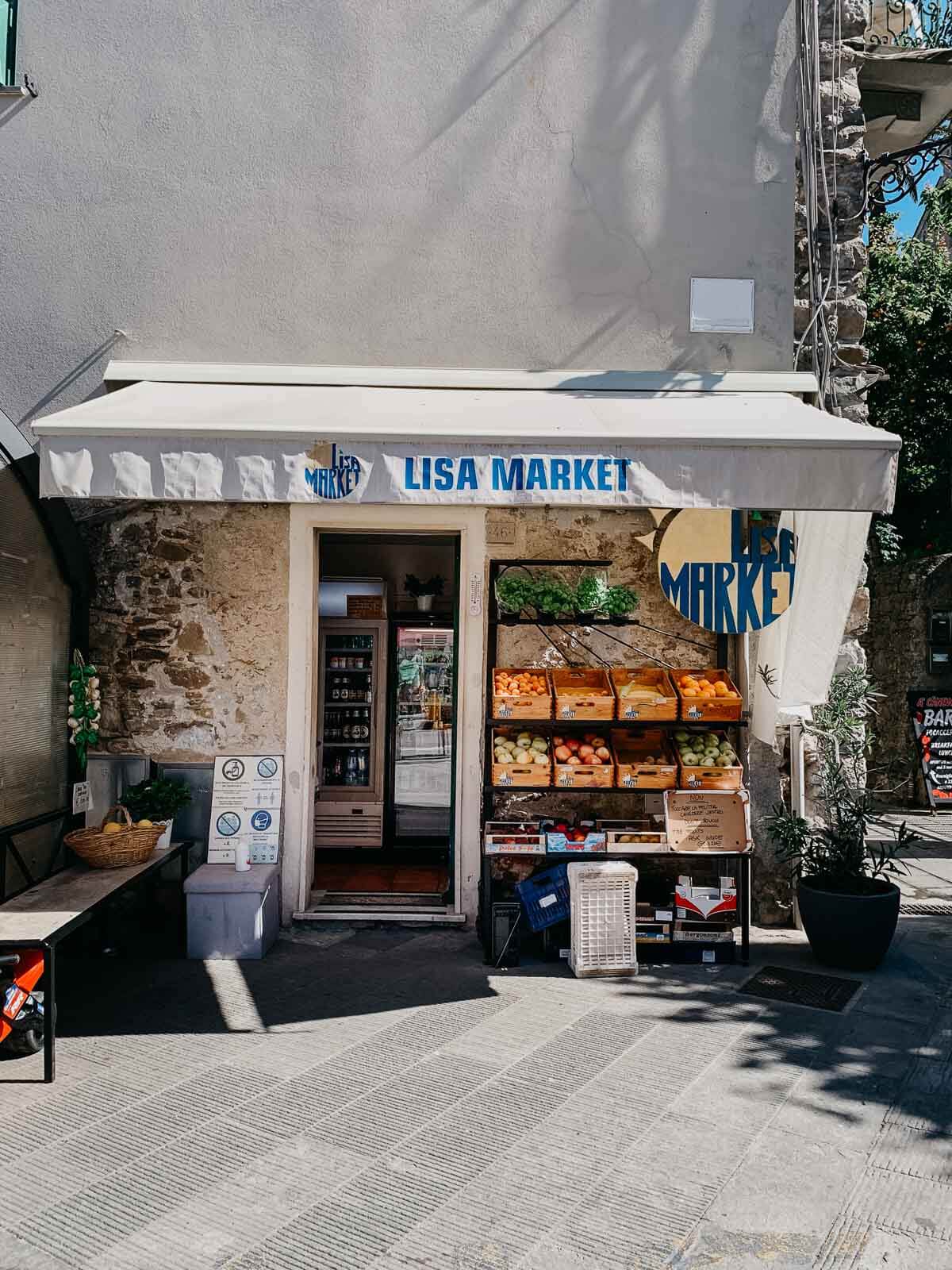
4. Manarola: The Cliffside Icon
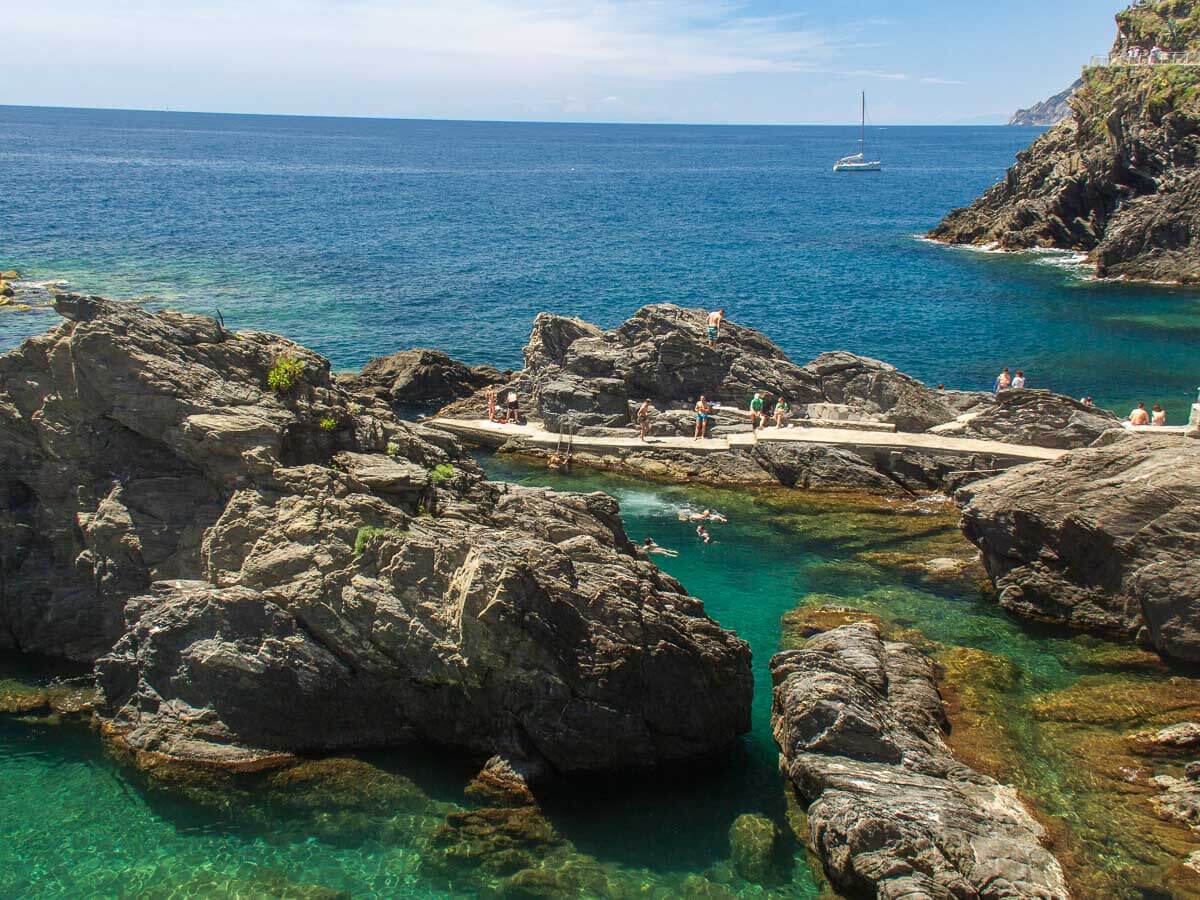
Manarola stuns from every angle. Whether you're watching swimmers leap from the rocks or sipping wine above the village, it's impossible to take a bad photo here. The terraced slopes leading out of town offer some of the best sunset views we've seen in Italy.
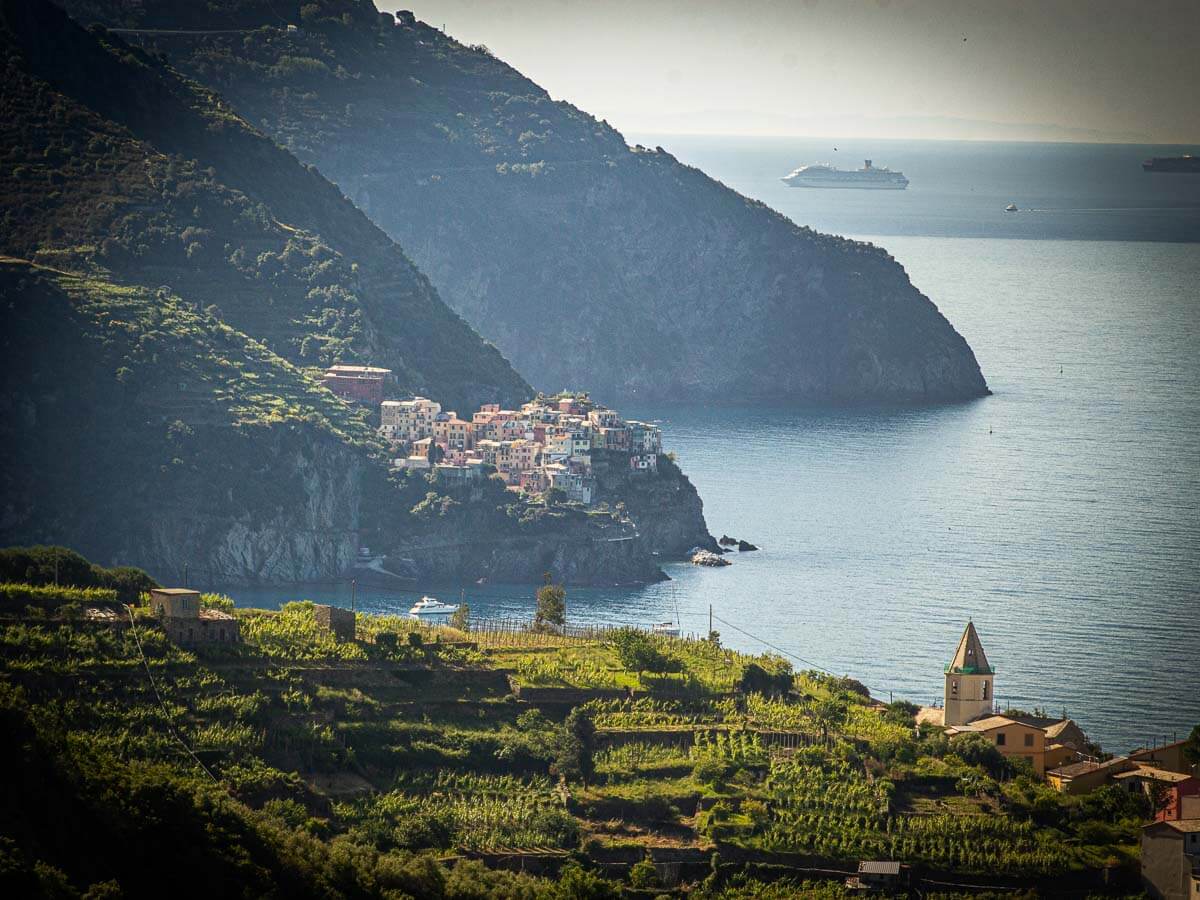
At Nessun Dorma, a wine bar with a panoramic terrace, we ordered a tasting flight and watched the sea turn golden. The vibe was relaxed and joyful-a little like Cernobbio on Lake Como, but with more salt in the air and pesto on the plate.
5. Riomaggiore: A Sunset to Remember
We saved Riomaggiore for last-and it felt like the perfect finale. As the sun set behind the cliffs, the colors of the village lit up in warm oranges and pinks. We strolled the Via dell'Amore, which reopened in July 2024 after years of restoration.

This scenic coastal path links Riomaggiore to Manarola and offers breathtaking ocean views. The waves below, the scent of lemons and salt in the air, and the rhythm of our footsteps made for one of the most memorable evenings of the trip.
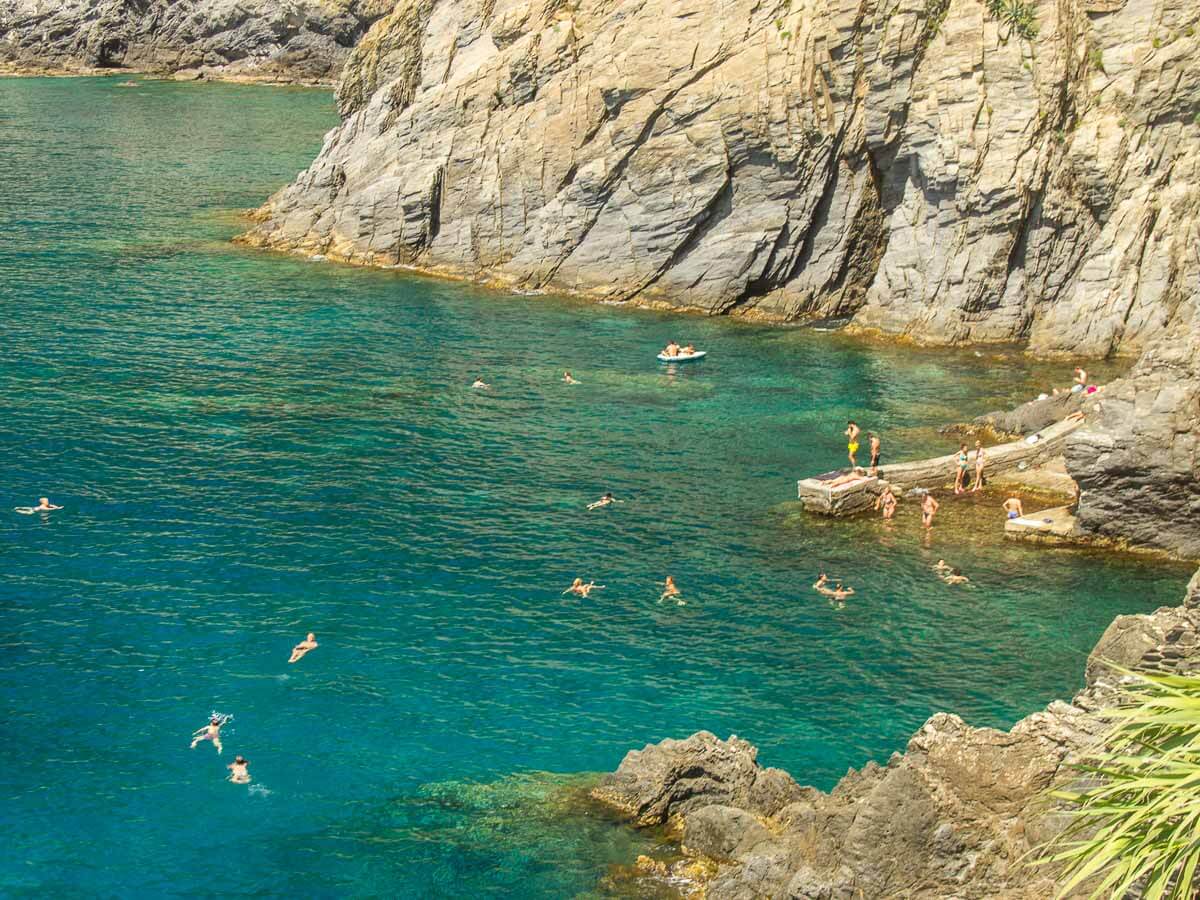
After years of closure, the trail reopened in July 2024, allowing visitors to once again experience one of Italy's most scenic walks. As we strolled along the path, the scent of salt in the air and the waves crashing below, we realized that Cinque Terre isn't just a place-it's a feeling.
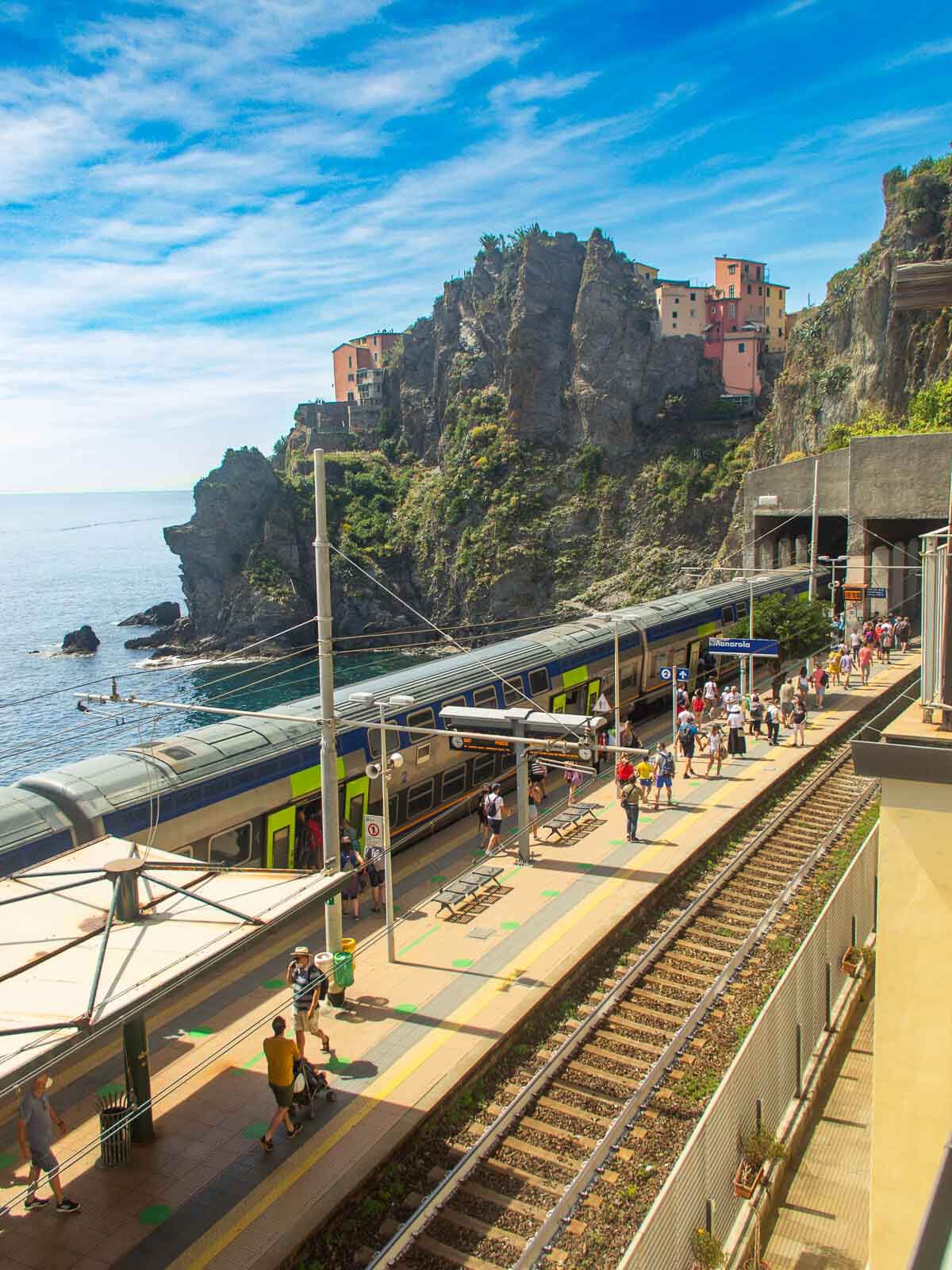
6. Ligurian Flavors Worth Traveling For
Cinque Terre is one of the best regions in Italy for slow food travelers. The cuisine here is honest, local, and built around fresh herbs, vegetables, and the sea. Pesto alla genovese-made with DOP basil from Pra', pine nuts, garlic, and Parmigiano-is served with traditional trofie or trenette pasta that hugs the sauce in every twist.
I took a pack of trofie pasta home, and although I wanted to, of course, pair it with pesto-as its shape allows the sauce to cling to every twist and curve of the pasta -I came up with a recipe for my pistachio pesto.
If you're in Vernazza, Bar Gabbiano is a fantastic stop for a quick bite or a beachside take-away. They offer plenty of veggie-friendly options like classic Ligurian focaccia, fresh smoothies, local wine, quality coffee, and panini. Whether you're relaxing by the water or setting off on a trek to one of the nearby picturesque villages, this spot makes refueling delicious and simple.
But while you are there and want to have an easy lunch or maybe a portion of cold pasta at the beach, prepare yourself an easy pack plus a deli's pesto, and you are ready!
One of our favorite versions came with potatoes and green beans, a Ligurian twist that's deeply comforting and deeply rooted in tradition. We found ourselves comparing pesto spots in each village, and they were all incredible.
Seafood also plays a central role. Anchovies from Monterosso, stuffed mussels, and farinata (a thin chickpea pancake) are local staples. Some reminded us of Gaeta's famous tiella, others of the cicchetti culture we loved in Venice-always casual, fresh, and full of personality.
And don't skip the wine. Besides Sciacchetrà, the crisp whites from Vermentino and Bosco grapes are made to pair with pesto, focaccia, and sea views. For those who love to eat their way through a trip (like us), Cinque Terre offers a rich, understated food scene that rivals Lake Como's elegance and Piedmont's bold reds.
8. Hiking the Trails of Cinque Terre National Park
For nature lovers and slow travelers, the trails of Cinque Terre National Park are reason enough to visit. This UNESCO-protected landscape isn't just about picturesque villages-it's about the journey between them. Hiking here offers a unique way to experience the region's dramatic cliffs, terraced vineyards, and coastal forests up close.
The most iconic route is the Sentiero Azzurro (Blue Trail), a network of footpaths connecting all five villages. Some sections, like the hike from Monterosso to Vernazza, are moderately challenging but reward you with unforgettable panoramas of the Ligurian Sea. Others, like the restored Via dell'Amore between Riomaggiore and Manarola, are shorter and accessible, ideal for a late-afternoon stroll with ocean views.
If you're looking for a more immersive, off-the-beaten-path experience, venture into the higher trails. These ancient mule tracks pass through quiet forests, lemon groves, and vineyards maintained using centuries-old techniques. Locals still use these paths to harvest grapes for the region's beloved Sciacchetrà wine-an incredible glimpse into daily life shaped by the land.
Trekking in Cinque Terre isn't just about exercise-it's about connection. With each step, you're walking through living history, natural beauty, and cultural heritage. And best of all? You're reducing your impact while truly engaging with the landscape-our favorite kind of travel.
9. The Heroic Vineyards of Cinque Terre
One of the most fascinating aspects of Cinque Terre is how its wine is produced-against all odds. The region's steep, terraced hillsides are carved directly into the cliffs, often at dizzying angles, making traditional farming nearly impossible. Yet for centuries, local vintners have cultivated vines here by hand, using dry stone walls (known as muretti) to stabilize the soil and preserve the landscape.
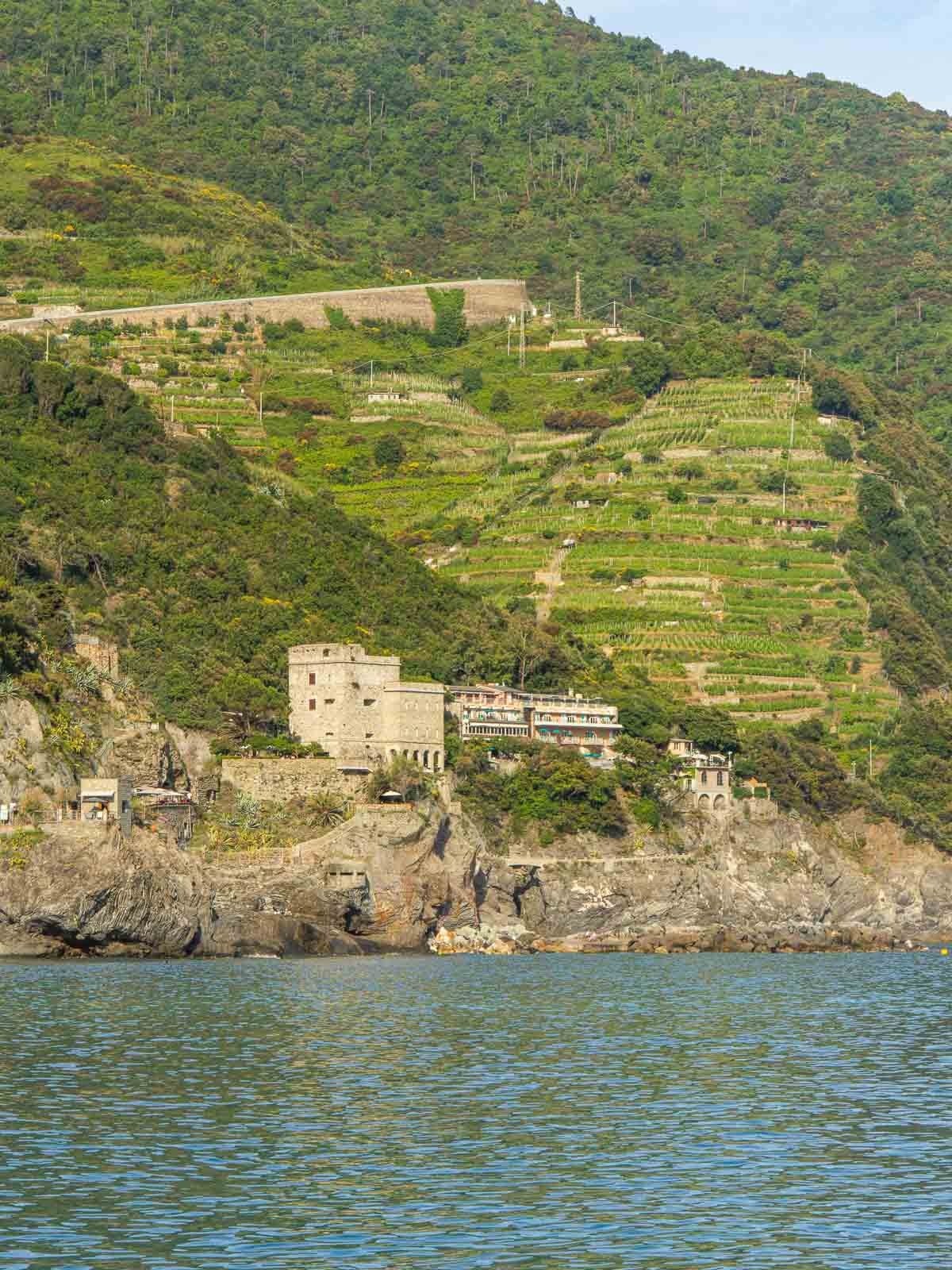
This method, often called heroic viticulture, is physically demanding and deeply rooted in local heritage. Grapes are harvested manually, sometimes transported using small monorail systems or baskets carried on shoulders, since no tractors can navigate these narrow terraces.
The reward? Wines that are truly unique. The salty sea breeze, intense sun exposure, and mineral-rich soils produce crisp, aromatic whites with hints of citrus, herbs, and a touch of salinity-perfect with Ligurian pesto or fresh seafood. Most bottles are blends of native grapes like Bosco, Albarola, and Vermentino, each adding complexity to the final sip.
And then there's Sciacchetrà, a rare passito-style dessert wine made from sun-dried grapes. It's golden, intense, and perfect at sunset-just like Cinque Terre itself.
How to Get to Cinque Terre
Fly into Pisa or Genoa, then hop a train to La Spezia, the gateway to Cinque Terre. It is also very accessible from Milan; it is one of the closest beach escapes from the most industrial cities of Torino and Milano.
From there, a local train connects the five villages in minutes. But the real magic happens between stations-on the trails.
Final Thoughts: Is Cinque Terre Worth Visiting?
Without a doubt. It's more than just a string of pretty villages-it's a feeling. The trails, the food, the intimacy of the towns, the views from every corner-Cinque Terre invites you to move at a different pace.
We came here to celebrate, and we left feeling restored. Whether you're planning a stop between major cities or making Cinque Terre your main destination, we can't recommend it enough. Just come hungry, bring your walking shoes, and leave room for pesto.

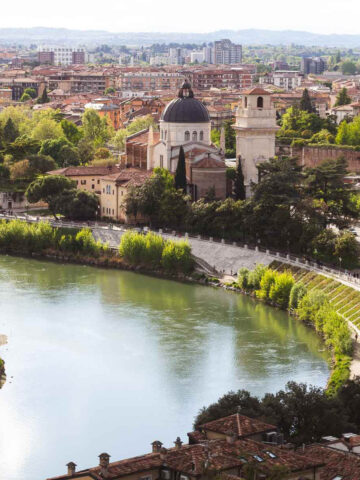
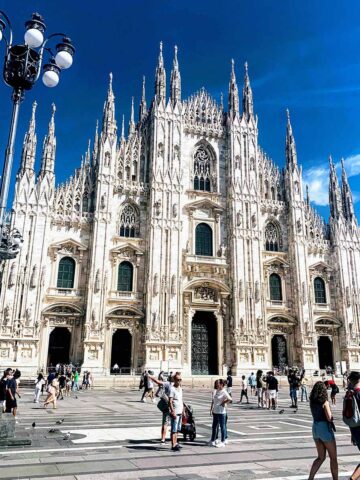
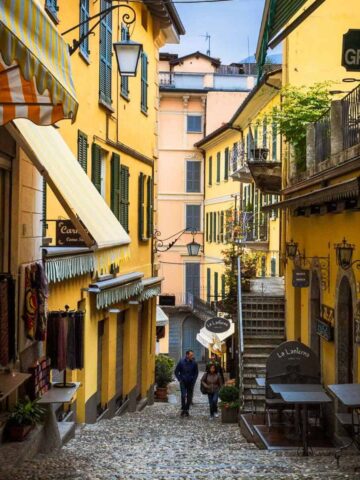
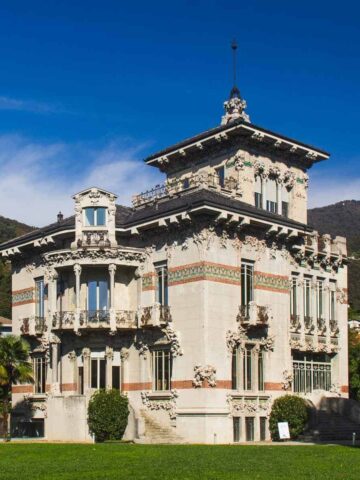
Comments
No Comments